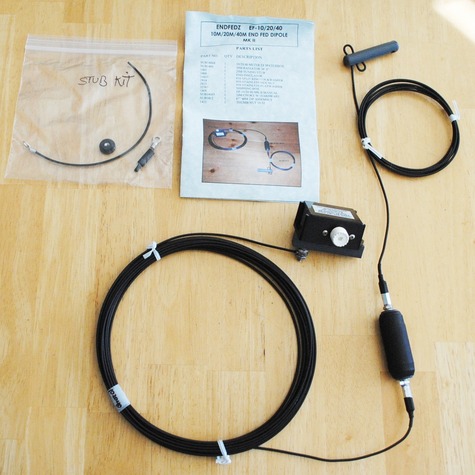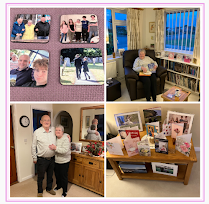We've all 4 grandchildren coming to stay at different times over the next couple of weeks. As usual, this means that amateur radio activity will decrease somewhat as the upstairs shack gets used as a real bedroom again. It will still be possible to run WSPR on LF and MF and some of the HF bands from time-to-time, but not in the evenings.
Whilst this "interlude" is going on, it will be a good time to take stock and think of the next projects. The early part of 2013 has seen a burst of activity related to the earth-electrode antenna and the ferrite rod TX antenna, neither of which was planned. I also did some more work on a 136kHz transverter Several projects, including the 136kHz transverter, are still unfinished:
Tenbox 10m AM transceiver
Although most of this has been breadboarded and is working, it still has to be boxed and properly documented. I quite fancy a PCB for this simple design and that needs to be created.
471THz over-the-horizon tests
My PhlatLED very high power LEDs have yet to be switched on and I still have to build a more sensitive detector.
De-cluttering and Test equipment
With a move to a new QTH later this summer I really ought to think about de-cluttering and sell some lesser-used radio equipment. At the same time I could do with building some more pieces of simple test equipment such as a proper QRP power meter, a resistive SWR bridge, a better ATU, and a very basic spectrum analyser.
Other projects
There is a list as long as my arm of other projects I'd like to tackle, but it takes me all my time to do the ones I do!







